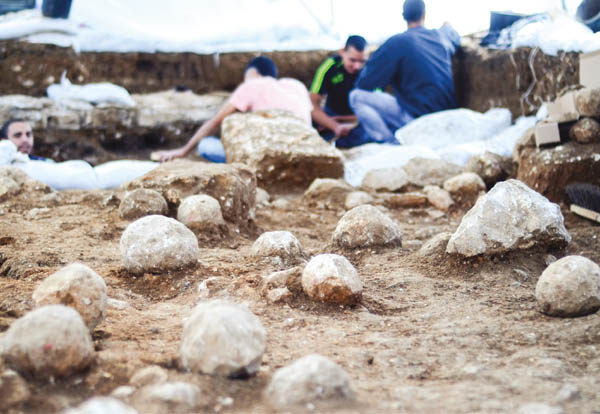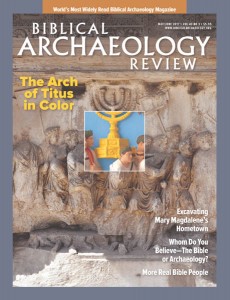The Third Wall of Jerusalem
Where Romans and Jews Battled

According to Josephus, Judean king Agrippa I (r. 41–44 C.E.) began construction of a third city wall of Jerusalem to protect a new quarter that grew north beyond the first and second city walls. Agrippa stopped work on the short additional wall after laying only the foundation—out of fear that Roman emperor Claudius would suspect he was planning a revolt. Jewish rebels subsequently completed this wall in haste leading up to the First Jewish Revolt (66–70 C.E.).
Where is the so-called Third Wall?a Archaeologists have been debating the identification of the Third Wall since the 1920s. Recently, Israel Antiquity Authority (IAA) archaeologists presented evidence that they have located remains of the elusive Third Wall in the historic district known as the Russian Compound in central Jerusalem.
The discoveries were made during excavations in preparation for the building of a new campus for the Bezalel Academy of Arts and Design. The archaeological team, directed by Dr. Rina Avner and Kfir Arbib, found remnants of a Roman-period wall more than 6 feet wide and a tower. In front of the wall, the IAA team discovered more than 70 ballista and sling stones.
“This is a fascinating testimony of the intensive bombardment by the Roman army, led by Titus, on their way to conquering the city and destroying the Second Temple,” said Avner and Arbib. “The bombardment was intended to attack the sentries guarding the wall and provide cover for the Roman forces so they could approach the wall with battering rams and thereby breach the city’s defenses.”
Already a library member? Log in here.
Institution user? Log in with your IP address.

